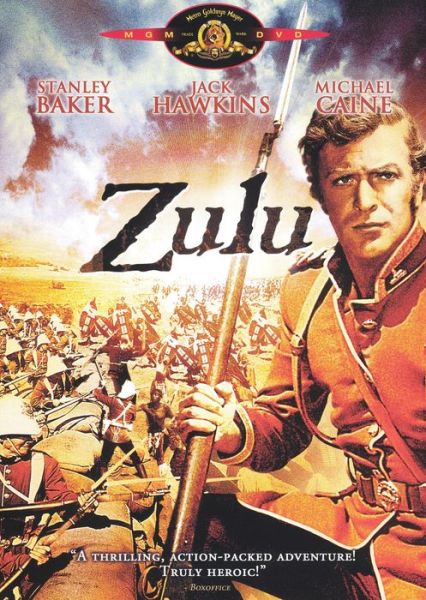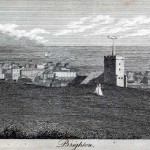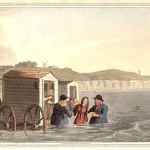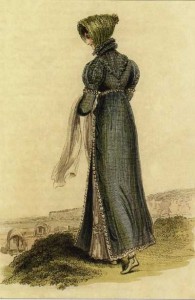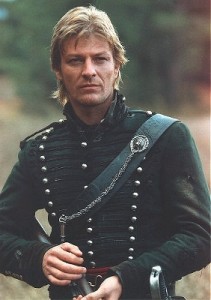 Over the recent long weekend, I started a major cleanup and reorganization of my writing room. As it’s also our home office, it had gotten cluttered with all sorts of stuff, most of it not writing-related. Anyway, the task is not done (there are bookshelves and cubbies you can’t see that still need attention) but I did find my desk!
Over the recent long weekend, I started a major cleanup and reorganization of my writing room. As it’s also our home office, it had gotten cluttered with all sorts of stuff, most of it not writing-related. Anyway, the task is not done (there are bookshelves and cubbies you can’t see that still need attention) but I did find my desk!
Some creative people seem to thrive in clutter, but I really don’t. Clutter makes me feel I ought to be cleaning something rather than writing. I do have a few tchotchkes for fun and inspiration, including the “lucky stone” found while walking on the beach with Gail Eastwood last summer. (She told me that stones circled by an unbroken band of a different color were said to bring good luck.)
I found this article in the Guardian about Jane Austen’s working space at Chawton.
It’s very plain and simple; check out the link for the picture. Here’s a quote from the article:
Having no room of her own, she established herself near the little-used front door, and here “she wrote upon small sheets of paper which could easily be put away, or covered with a piece of blotting paper”. A creaking swing door gave her warning when anyone was coming, and she refused to have the creak remedied.
I also like my privacy. My family has learned not to interrupt me when I’m writing and I find it difficult to work in public spaces. I can do editing there, but not the more vulnerable work of fresh writing.
 I also like taking walks to clear my mind and work out plot snags. This has been true of writers for a long time. Some Regency era poets certainly did so, according to this section from The Immortal Dinner by Penelope Hughes-Hallett.
I also like taking walks to clear my mind and work out plot snags. This has been true of writers for a long time. Some Regency era poets certainly did so, according to this section from The Immortal Dinner by Penelope Hughes-Hallett.
He (William Hazlitt) said that Coleridge liked to compose ‘in walking over uneven ground, or breaking through the straggling branches of a copse-wood’; but Wordsworth preferred to write whenever possible ‘walking up and down a straight gravel-walk, or in some spot where the continuity of his verse met with no collateral interruption.’
She also wrote that:
For the ‘Ode to a Nightingale’, his friend Charles Brown recalled that Keats took his chair from the breakfast table out into the garden of Wentworth Place and sat writing under a plum tree, returning indoors with a completed draft only two or three hours, a time span a little hard to credit.
 I will probably never be a fast writer, but I also like working outdoors. I do that sometimes on writers’ retreats. At home, when it’s warm enough, I like working in our enclosed porch (no bugs to distract me, but big windows give the feeling of being outdoors).
I will probably never be a fast writer, but I also like working outdoors. I do that sometimes on writers’ retreats. At home, when it’s warm enough, I like working in our enclosed porch (no bugs to distract me, but big windows give the feeling of being outdoors).
How about you? Whether or not you’re a writer, are there special places or ways you like to work?

